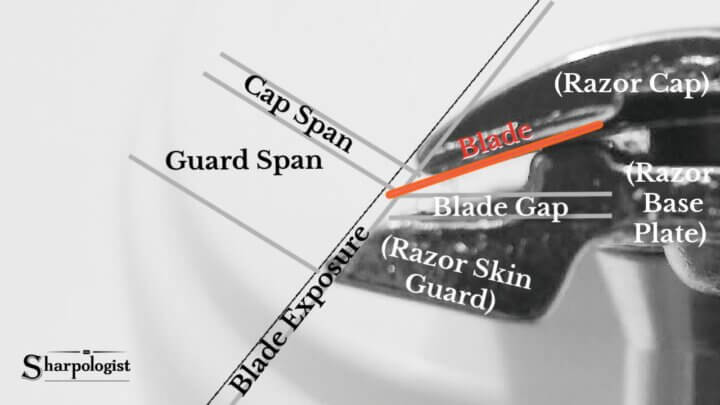
Blade angle is an essential yet often overlooked aspect of achieving a great shave with a safety razor. While many shavers focus on the quality of their razors, blades, and shaving creams, the precise angle at which the blade meets the skin can make a significant difference in the comfort and closeness of the shave. Mastering blade angle allows you to minimize irritation, avoid nicks and cuts, and achieve a smooth, close shave every time.
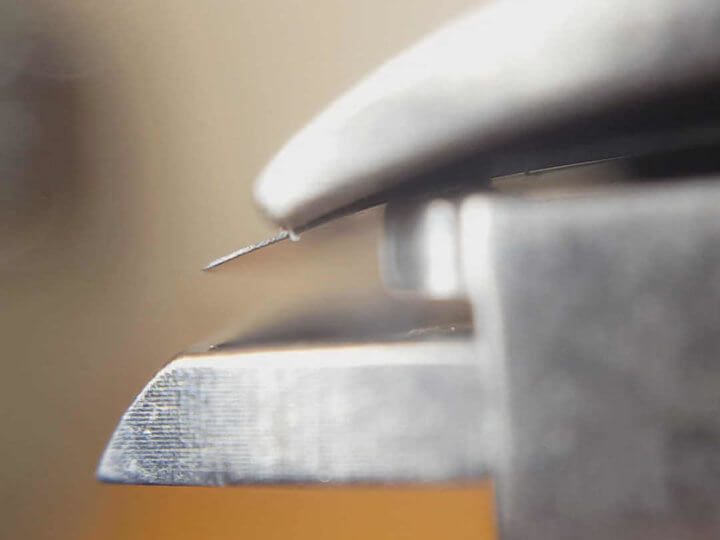
Blade angling is a shaving technique that focuses on the precise angle at which the razor blade makes contact with the skin. Proper blade angle is crucial for achieving a close, comfortable shave while minimizing irritation and the risk of cuts. Here’s a detailed explanation:
Blade Angle Defined
Blade Angle is usually defined along the lines of “the angle at which the razor blade’s edge meets the surface of the skin during shaving.”
Basic Principles
The conventional wisdom for the ideal angle for safety razors is typically about 30 degrees. This angle generally allows the blade to cut hair efficiently without scraping the skin. However, there are some variables which might require a slightly different angle.
One major variable is the design of the safety razor head. Different types of razors may require slightly different angles. Take a look at these safety razor heads:
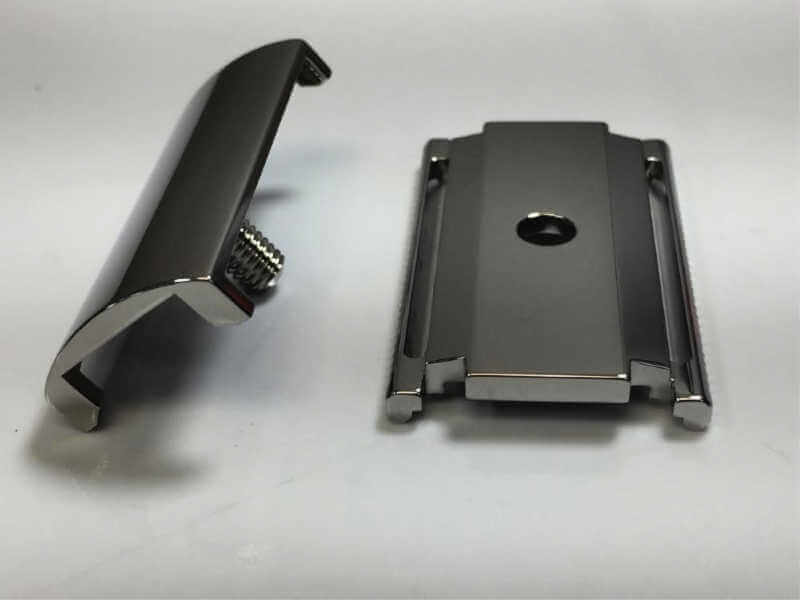
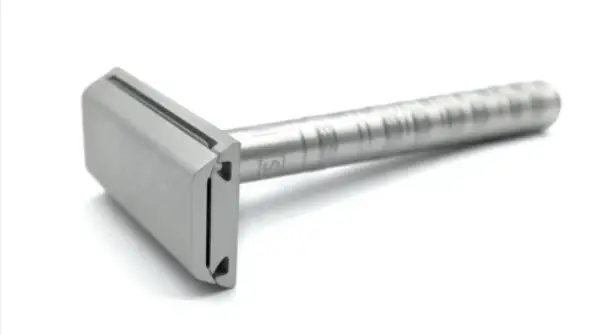
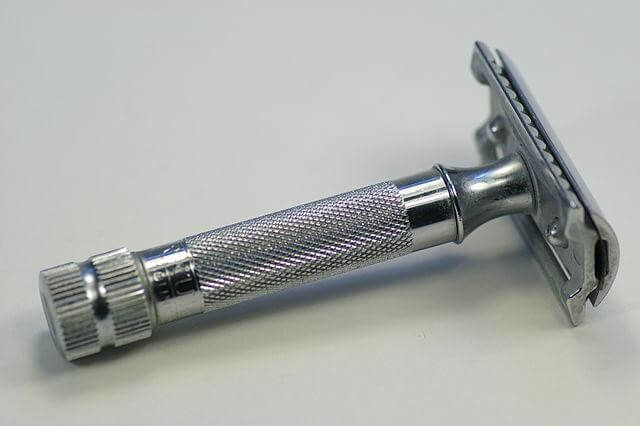
There is a range of blade angles at which cutting is possible but the extremes (the blade guard at one extreme and the top cap at the other extreme) will not cut at all. A very small angle range (the “sweet spot”) provides the best cut.
In addition to the external razor head shape, the way the razor blade is held within the head can be different. Some razors bend the head to improve blade clamping and stability; the Merkur Progress (and Parker Variant) design is a dramatic example.
Further, adjustable razors allow for fine-tuning the blade exposure, which can affect the optimal shaving angle.
Techniques
So how do you determine–and maintain–the correct blade angle? Here is a guide.
Starting Position
Begin with the razor handle almost perpendicular to the skin (about 90 degrees). Gradually lower the handle until the blade just makes contact with the hair.
Finding the Sweet Spot
Slowly adjust the angle by tilting the handle up or down while making short, gentle strokes. Listen and feel for the blade cutting the hair without excessive resistance or pulling.
Maintaining Consistency
Keep the angle consistent across the entire shaving area to avoid uneven shaving and irritation. Use your wrist to initially adjust the angle rather than your entire arm, which provides better control. Then lock your wrist and use your arm as a unit to continue. Why? Consider the pendulum:

The pendulum’s bob is parallel to the horizontal plane for a very short distance.
The example is over-dramatized as it relates to shaving but the point is if your wrist is unlocked it essentially becomes the pivot in a pendulum; if the razor is the pendulum’s bob then it is parallel to the skin for only a short distance.
When you use a non-pivoting shaving razor you must maintain the angle of the blade against the skin. Locking the wrist allows the razor to move over the surface with much greater consistency, for a longer shave stroke.
(Front-facing pivoted razors are not as susceptible to the pendulum effect, but only up to the travel of the razor’s pivot. So locking the wrist can be beneficial here, too.)
You will notice a difference in the consistency of your shave if you lock the wrist and use your arm as a unit while holding the razor.
Adjusting for Curves and Contours
For areas with prominent curves (e.g., jawline, chin), adjust the angle dynamically as you shave to maintain optimal blade contact. Use shorter strokes in these areas to maintain better control. It helps to shave along the flat facets of the skin area whenever possible.
Using Mirrors
Use a mirror to check the angle, especially when shaving hard-to-see areas like under the jawline.
Pressure Control
Apply minimal pressure, relying more on the weight of the razor and the angle and sharpness of the blade to do the work. Excessive pressure can lead to nicks and cuts.
Riding The Cap (Or The Guard)
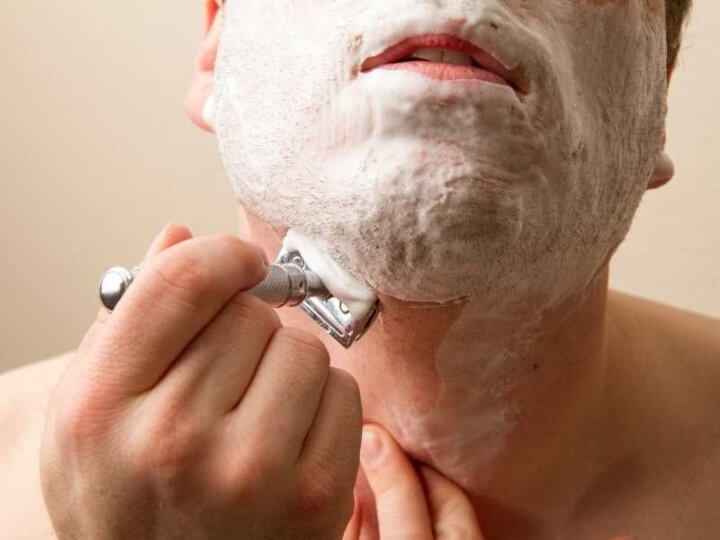
“Riding the cap” means to angle the razor’s handle ever-so-slightly farther away from your face but still keep the blade in contact with your skin. This causes the blade edge’s angle to become shallower. Difficult parts of the face sometimes require a bit more patience and care. For those, ride the cap to make the razor cut a little more mildly.
In the case of the neck you will want to try to keep a shallower angle on the razor (e.g. “riding the cap”).
“Riding the guard” involves intentionally using a steeper angle, bringing the razor’s handle closer to parallel to the skin. Although doing this can increase the chance of razor burn or other irritations (especially on the neck), done carefully it can provide a closer shave.
You won’t be able to do this with a multi-blade cartridge razor with a pivoting head but you should be able to using a stationary-head razor (double edge or single edge), or some single-edge pivot razors.
Personalized Adjustment
Experiment with slight variations in angle depending on hair type, skin sensitivity, and specific areas of the face or body.
Common Mistakes
Too Steep or Too Shallow
A too-steep angle can cause the blade to scrape the skin, leading to irritation. A too-shallow angle may not cut the hair effectively, resulting in an uneven shave.
Inconsistent Angling
Failing to maintain a consistent angle can cause missed spots or uneven hair removal.
Excessive Pressure
Relying on pressure instead of angle can damage the skin and cause discomfort.
Summing Up
Mastering blade angling takes practice, but it can significantly enhance the quality of your shave, making it closer, smoother, and more comfortable.

And here I was lying awake at night, contemplating close shaves! 😉
Another insightful and useful article. Many thanks Mark.
Good article. I really had a revelation with blade angle when I switched from a DE razor to a shavette and straight. The greater “feel” and feedback with open razors made me see how important blade angle is.
Just got a Hensen. You really have to adjust the angle on it. Good shave after